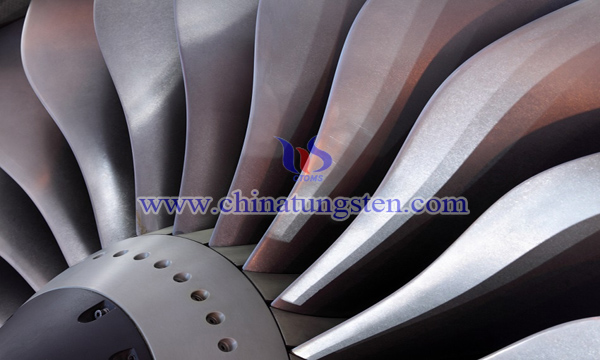The New Generation of Structural Ceramics is Becoming Popular
- Details
- Category: Tungsten Information
- Published on Thursday, 08 November 2018 22:24
Structural ceramics have maintained a strong and sustained growth in the past few years. This growth in demand stems not only from the growth of many different applications, but also from the exploration and attention of people to the science of ceramic materials. As demand continues to grow, people need stronger, more durable, lighter, and more heat-resistant materials to accomplish more impossible tasks. Material manufacturers must seek new innovative processes to produce the next generation of ceramics.

Zirconia, alumina (Al2O3), silicon carbide (SiC), aluminium and silicon nitride (AlN and Si3N4) and aluminium-zirconium oxide complexes (commonly known as ATZ toughened zirconia) and ZTA (zirconia toughened alumina) are the most commonly used types of ceramic materials. With the progress of science and technology, a new type of structural ceramic material has attracted wide attention. It has been applied in aerospace industry and national defense and other precision industries. This kind of ceramic material is zirconium tungstate.
Zirconium tungstate is a peculiar material. Why is it different? Normally, thermal expansion and cold expansion are the physical phenomena of most materials. However, zirconium tungstate ceramics can exhibit the physical phenomena of thermal shrinkage and cold expansion. People call this material near zero negative thermal expansion material.
Zirconia ceramics are widely used as structural parts because of their excellent mechanical properties. Zirconium tungstate has a high coefficient of negative thermal expansion. It always maintains negative thermal expansion characteristics in the temperature range of 0.3-1050K and exhibits isotropy. These excellent properties lay a good foundation for the wide application of zirconium tungstate. People usually use zirconia (or alumina) and zirconium tungstate to compound in a certain proportion, which can achieve low expansion performance while maintaining its load-bearing function, and realize the integration of material structure and function. ZrO2/ZrW2O8 ceramic matrix composites with low thermal expansion coefficient have wide application prospects in precision instrument manufacturing, optics, aerospace, electronics and other fields.
Near zero expansion ceramics have a wide range of applications, such as zirconia and alumina, which have their own characteristics. However, overall evaluation shows that zirconium tungstate exhibits outstanding negative thermal expansion, stability, mechanical properties, fracture toughness and conductivity and thermal conductivity in high temperature and cold environment. Some scientists believe that in time, zirconium tungstate can reduce the cost of production. Near-zero negative thermal expansion ceramic materials based on zirconium tungstate will promote a wide range of upgrading of aerospace equipment, laser equipment, optical communication systems and microelectronic devices industry.
- Tungsten Manufacturer & Supplier, Chinatungsten Online: www.chinatungsten.com
- Tungsten News & Prices of China Tungsten Industry Association: www.ctia.com.cn
- Molybdenum News & Price: news.molybdenum.com.cn
- Tel.: 86 592 5129696; Fax: 86 592 5129797; Email: sales@chinatungsten.com



 sales@chinatungsten.com
sales@chinatungsten.com